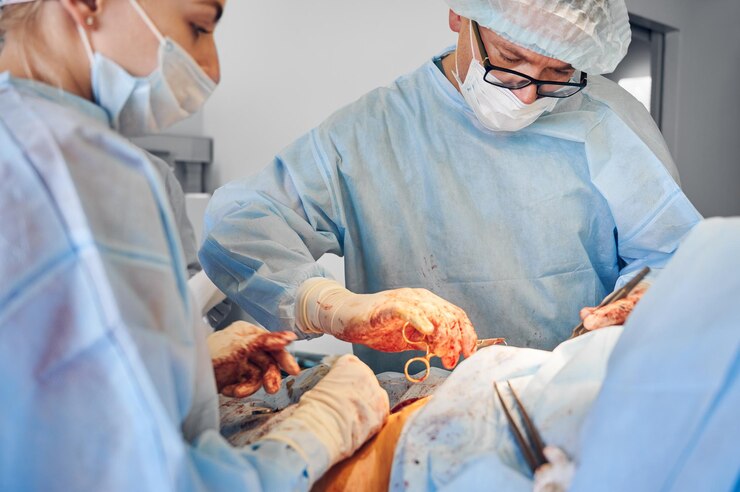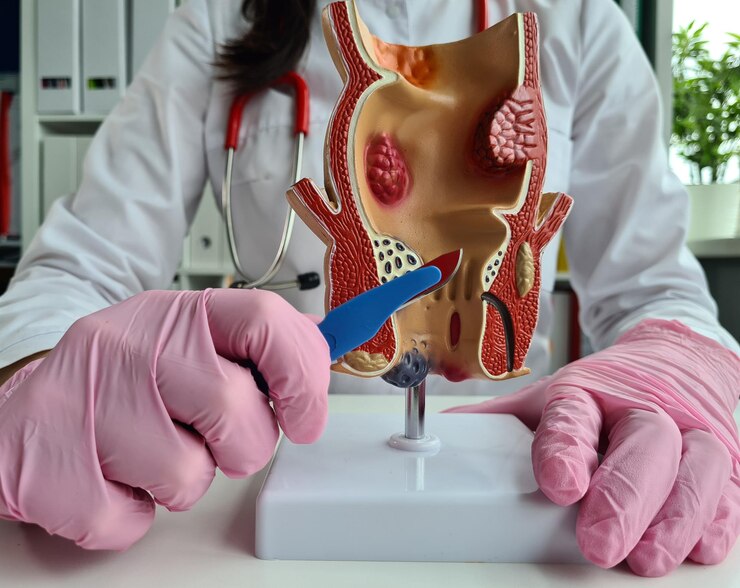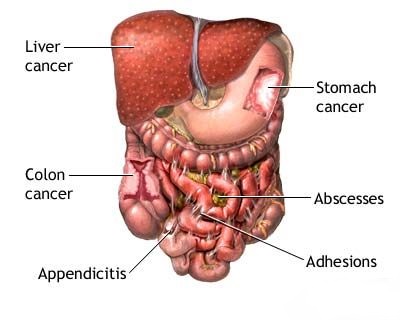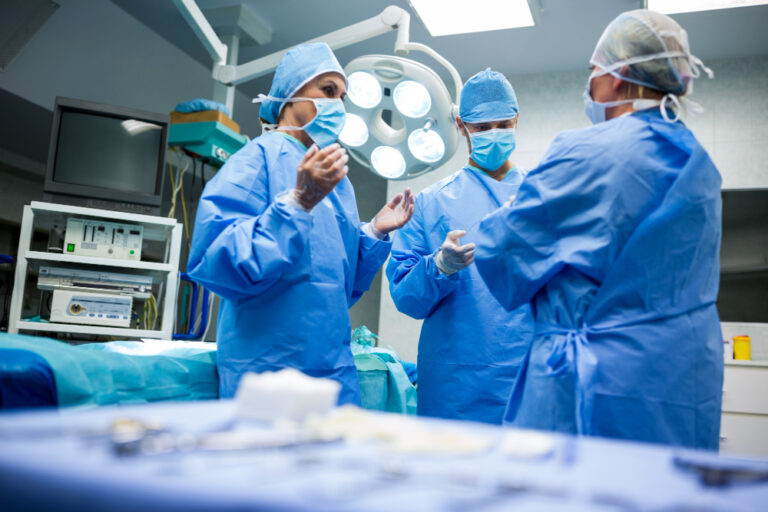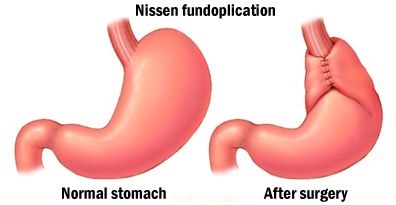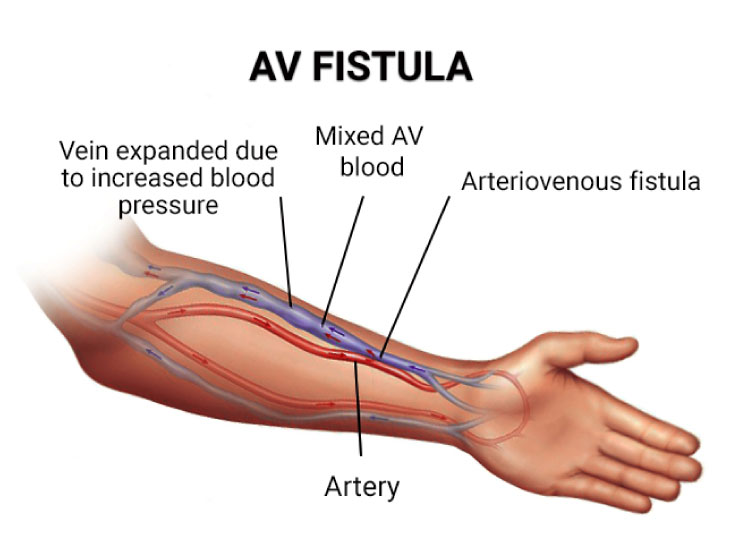Advances In Hernia Surgery: Emerging Technologies And Future Directions
Hernia repair surgery has seen significant advancements in recent years, driven by innovative technologies and evolving surgical techniques. These advancements aim to improve patient outcomes, minimize complications, and enhance the overall effectiveness of hernia treatment. In this article, we explore the latest trends and future directions in hernia surgery, highlighting emerging technologies that are shaping the field.
Introduction to Hernia Surgery
Hernias occur when an organ or tissue protrudes through a weak spot or tear in the surrounding muscle or connective tissue. They can develop in various parts of the body, including the abdomen, groin, and diaphragm, and may cause discomfort, pain, and other complications if left untreated. Surgical repair is often necessary to correct the hernia and prevent potential complications such as bowel obstruction or strangulation.
Traditional hernia repair techniques typically involve suturing the weakened tissue or using synthetic mesh to reinforce the area. While these methods have been effective, they are not without limitations, including the risk of recurrence and postoperative complications. As a result, researchers and surgeons have been exploring new approaches and technologies to improve hernia repair outcomes.
Emerging Technologies in Hernia Surgery
Robotic-Assisted Surgery: Robotic surgery systems offer greater precision, dexterity, and visualization capabilities compared to traditional laparoscopic techniques. In hernia surgery, robots can enhance the surgeon’s ability to perform complex procedures with smaller incisions, potentially reducing postoperative pain and recovery time.
Biological Meshes: Unlike synthetic meshes, which remain in the body indefinitely, biological meshes are derived from natural sources such as human or animal tissue. These meshes have been developed to promote tissue ingrowth and remodeling, potentially reducing the risk of long-term complications such as mesh migration or infection.
3D Printing: 3D printing technology allows for the creation of customized implants and prosthetics tailored to the patient’s anatomy. In hernia surgery, 3D-printed meshes can be designed to fit the defect precisely, optimizing the repair and minimizing the risk of recurrence.
Tissue Engineering: Advances in tissue engineering have led to the development of bioengineered scaffolds and matrices that support tissue regeneration and repair. These biomaterials can be used in conjunction with surgical techniques to promote natural tissue healing and integration, offering a potentially more durable and biocompatible alternative to traditional mesh implants.
Future Directions in Hernia Surgery
Nanotechnology: Nanomaterials hold promise for enhancing the properties of hernia repair meshes, such as improving biocompatibility, reducing inflammation, and enhancing antimicrobial properties. Nanotechnology may also enable targeted drug delivery to the surgical site, potentially reducing the risk of infection and promoting tissue healing.
Gene Therapy: Gene therapy approaches aim to modify the expression of genes involved in tissue repair and regeneration, potentially enhancing the body’s ability to heal hernia defects. By targeting specific molecular pathways, gene therapy may offer personalized treatment options for patients with complex or recurrent hernias.
Regenerative Medicine: Stem cell therapy and regenerative medicine approaches are being investigated for their potential to stimulate tissue regeneration and repair in hernia defects. By harnessing the body’s own regenerative capacity, these therapies may offer novel strategies for improving hernia repair outcomes and reducing the risk of recurrence.
Artificial Intelligence: Artificial intelligence and machine learning algorithms have the potential to revolutionize hernia surgery by analyzing large datasets of patient outcomes, optimizing surgical techniques, and predicting individualized treatment responses. These technologies may enable more precise and personalized approaches to hernia repair, improving patient outcomes and reducing healthcare costs.
Conclusion
Advances in hernia surgery are reshaping the landscape of treatment options available to patients, offering novel approaches that aim to improve outcomes and reduce complications. From robotic-assisted surgery to bioengineered scaffolds and emerging technologies such as nanotechnology and gene therapy, the future of hernia surgery holds promise for more effective, personalized, and minimally invasive interventions. As research continues to advance and technologies evolve, the field of hernia surgery is poised to make significant strides in improving patient care and quality of life.

